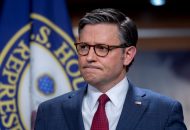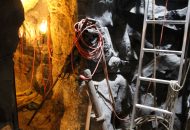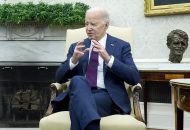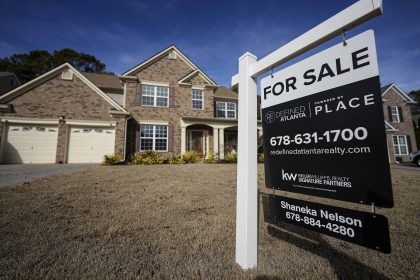Community Foundations Represent an Untapped Resource to Address Climate Change
COMMENTARY
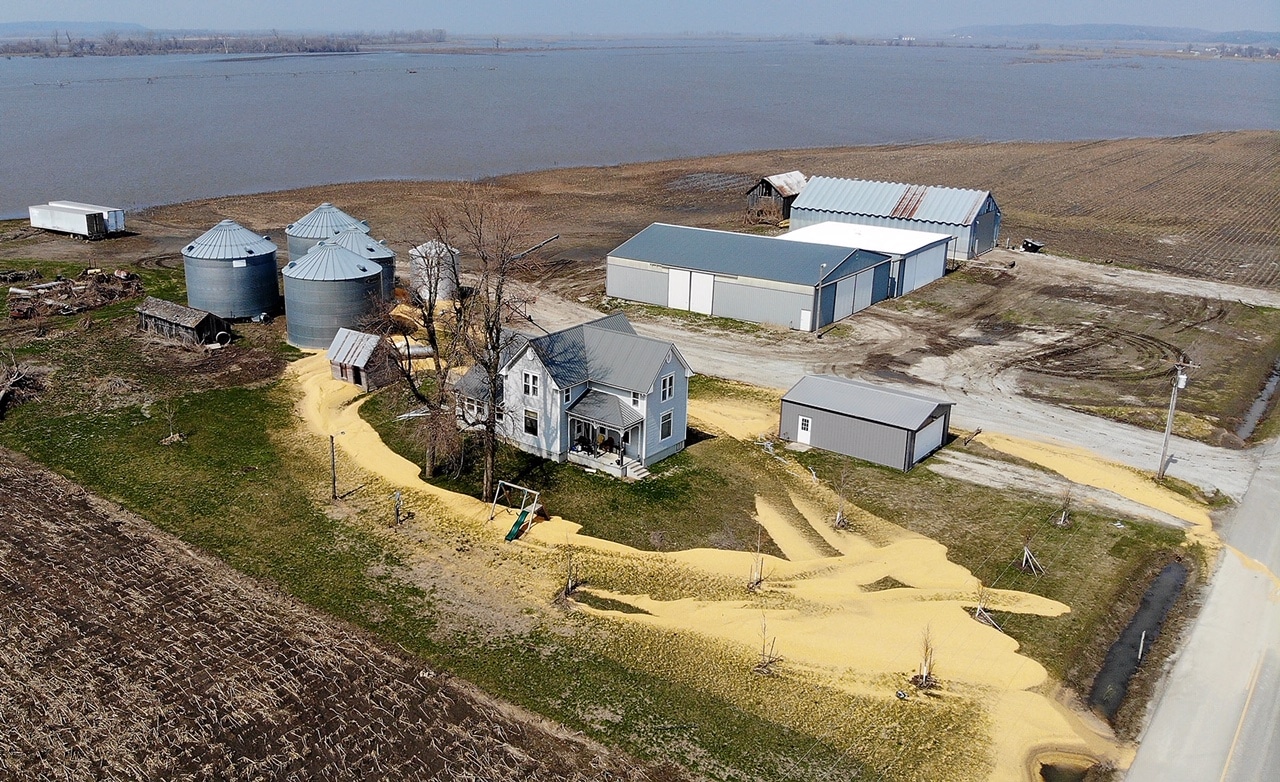
Climate change is often framed as a vast and complex global challenge, requiring international negotiations in faraway places.
While this framing has truth, it can obscure an important reality — namely that the negative impacts of climate change are also intensely local, hitting home in communities across our country.
As community foundations, we have deep experience in grappling with the reality of what climate change looks like on the ground, too often in the wake of extreme weather events. Historically, we are the ones called upon to respond in the wake of local tragedies, pulling resources together urgently and rapidly following both natural and man-made disasters.
This rapid response is happening with increasing regularity, due to the climate-fueled escalation in the severity and frequency of hurricanes, tornadoes, floods and fires that now regularly devastate communities across our country and beyond. These frequent tragedies have not only pounded our communities (in some cases literally to rubble), but they have also trapped communities in a cycle of disaster and disaster relief that is unsustainable. We can no longer bear witness to this climate-related chaos.
Fortunately, we find ourselves at a moment of genuine possibility for escaping this downward spiral. Congress and the Biden administration have made available, and many states and municipalities have further bolstered, an infusion of investments at a scale that could get us in front of these crises for the first time.
But there is a catch.
The Byzantine bureaucratic maze of how government funds flow often creates barriers that make this funding unavailable to the communities most in need. Incomprehensible criteria and application requirements keep our nonprofit partners and our own organizations — which are closest to the solutions on the ground — from deploying this capital with the speed and know-how we have honed out of necessity.
This dynamic is not limited to public funding. We have also seen a welcome increase in private philanthropic funds resourcing the fight to mitigate and adapt to changing climate. But local communities are often disconnected from these resources. Often, these funds focus on necessary but insufficient policy and mitigation strategies at the national and global level, or they are funneled into regranting organizations that have little if no capacity or understanding of what local communities need or can use.
There are encouraging developments with new federal programs and the White House Office of Environmental Justice, and we applaud these efforts. But the severity of these challenges as we head into yet another hurricane and fire season mean we have to move faster and resource the partners on the ground with the capacity, credibility and relationships necessary for these efforts to succeed.
Community foundations can be part of the solution. We want to move from necessary partners in disaster and recovery after the fact, to critical partners in how to avoid both the most extreme impacts and to cultivate true resilience in communities across the country — resilience that can truly stand the test of storm and time.
Today, we are announcing the establishment of the Community Foundation Climate Collaborative to accelerate this progress.
Despite being some of the oldest philanthropic institutions in the country, community foundations are some of the least leveraged for local impact. We exist to serve the needs of the communities in which we are rooted, and the relationships and obligations provide important accountability; this is both a profound and joyous mission.
We carry out our missions with the ongoing generosity of donors from our communities, but we have not yet been tapped to assist in the systematic distribution of national resources that are increasingly focused on supporting the very communities that we serve.
More than 900 community foundations are scattered throughout the country — in rural and urban communities, in red states and in blue. Yet we, alongside some of our most vulnerable communities, remain conspicuously absent from the solution. Our four foundations — which serve New York City; Pittsburgh, Pennsylvania; Denver, Colorado; and Northern California’s Bay Area — initiated this effort after concluding that the community foundations nationwide represent huge opportunities for leverage, opportunities that have been hiding in plain sight and are ready to be seized.
Our foundations — as well as those in San Diego, California; Cleveland, Ohio; Puerto Rico; Seattle, Washington; New Orleans, Louisiana; and elsewhere — have already been supporting efforts to mitigate and adapt to climate change, factoring it into our grantmaking, financial management and operations.
We believe the collective voice and strength of community foundations hold vast potential to surface local solutions and build broad-based, grassroots support for action.
Accordingly, we are establishing this collaborative to help ensure we can respond to the issue using all tools available, from dispersing micro-grants to managing major gifts to leveraging community foundations’ historical strengths of stewarding the patient philanthropy of donors.
Today, community foundations’ commitment to advocating for equity and systems change will allow us to explore solutions that consider the unique ways in which individual communities operate and how they are being impacted by climate change.
We invite those focused on climate issues in government and big philanthropy to consider the potential of community foundations as partners to mobilize community-based solutions.
Together, we can make a difference — one community at a time and collectively at scale.
Amy Freitag became president of The New York Community Trust in July 2022 after serving for eight years as executive director of the J.M. Kaplan Fund. There, she initiated the J.M.K. Innovation Prize and led grantmaking in criminal justice reform, climate change, democracy, and historical conservation, including several civil rights sites. Freitag previously was executive director of the New York Restoration Project, the U.S. program director for the World Monuments Fund and deputy commissioner for capital projects with the New York City Department of Parks and Recreation. You can reach Freitag on LinkedIn.
Lisa Schroeder is president and CEO of The Pittsburgh Foundation, where she has coordinated emergency response to COVID and applied experiences from that to a new strategic plan that envisions a region free of racial inequities and a provider of opportunities for all residents to thrive. Before that, she led Baltimore, Maryland’s Parks & People Foundation — a builder of parks for neighborhoods struggling from decades of disinvestment. From 2002 to 2015, she led Pittsburgh Riverlife, spearheading redevelopment of Pittsburgh, Pennsylvania’s three rivers. You can reach Schroeder on LinkedIn.
Javier Alberto Soto is president and CEO of The Denver Foundation. Before joining The Denver Foundation in October 2019, Soto spent 10 years as president and CEO of The Miami Foundation, where he led a period of significant growth and developed key initiatives including “Give Miami Day,” which has raised more than $60 million since 2012. The son of Cuban immigrants, Soto graduated from Florida State University and earned his J.D. from Georgetown University Law Center. You can reach Soto on LinkedIn.
Rhea Suh is president & CEO of Marin Community Foundation, where she leads one of the nation’s largest community foundations. Suh previously served as president of the Natural Resources Defense Council. Before joining NRDC, Suh was nominated by President Barack Obama to serve as the assistant secretary for policy, management and budget at the U.S. Department of the Interior. Prior to her appointment to the Interior Department, Suh worked at both the David and Lucile Packard Foundation and the William and Flora Hewlett Foundation, focusing on strategies dedicated to environmental conservation and clean energy in the West.












